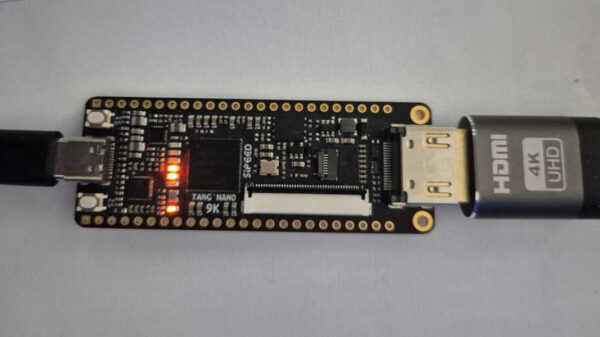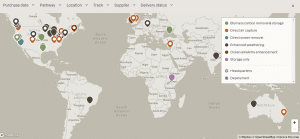URGENT UPDATE: A mother in the United States is urgently addressing her daughter’s dramatic withdrawal and emotional distress, which have escalated significantly since the onset of the COVID-19 pandemic. This troubling trend highlights an increasing mental health crisis among youth, prompting immediate action from families and mental health advocates.
Just reported today, the mother discovered her daughter, previously vibrant and social, has been grappling with intense feelings of isolation and sadness. The pandemic has acted as a catalyst, revealing underlying emotional pain that many children are silently enduring. This alarming situation is unfolding as mental health professionals warn that the long-term effects of COVID-19 on youth mental health are becoming increasingly evident.
Recent statistics show a staggering increase in mental health issues among adolescents, with reports indicating that over 30% of teenagers in the U.S. have experienced symptoms of anxiety or depression during the pandemic. This data is corroborated by the American Psychological Association, which emphasizes the urgent need for intervention and support.
The mother, whose identity remains private for her family’s protection, has begun actively seeking help from therapists and local support groups, hoping to address her daughter’s mental health challenges. “I never imagined that a virus could lead to such a deep emotional struggle for my child,” she stated. “We’re fighting for her life every day.”
As the mother navigates this difficult journey, she highlights the importance of open communication and mental health awareness. Authorities are calling for increased resources and access to mental health services for families affected by the ongoing fallout of the pandemic. With schools reopening and social interactions resuming, mental health experts are urging parents to remain vigilant and proactive.
Moreover, officials recommend that parents educate themselves on the signs of emotional distress, such as changes in behavior, withdrawal from friends and activities, and sudden mood swings. Resources are available online and through community organizations for families seeking assistance.
Moving forward, the mother plans to advocate for greater awareness surrounding child mental health in her community, emphasizing that no family should navigate these challenges alone. “There is a community out there that wants to help; we just need to reach out,” she urged.
As this story develops, it serves as a critical reminder of the ongoing impact of the pandemic on mental health, particularly among children and teenagers. Families are encouraged to seek support and engage in dialogues about emotional well-being.
For those facing similar struggles, resources are available through local health departments and mental health organizations. The situation represents a pivotal moment for parents and guardians to prioritize their children’s mental health, ensuring they receive the support they desperately need.






























































